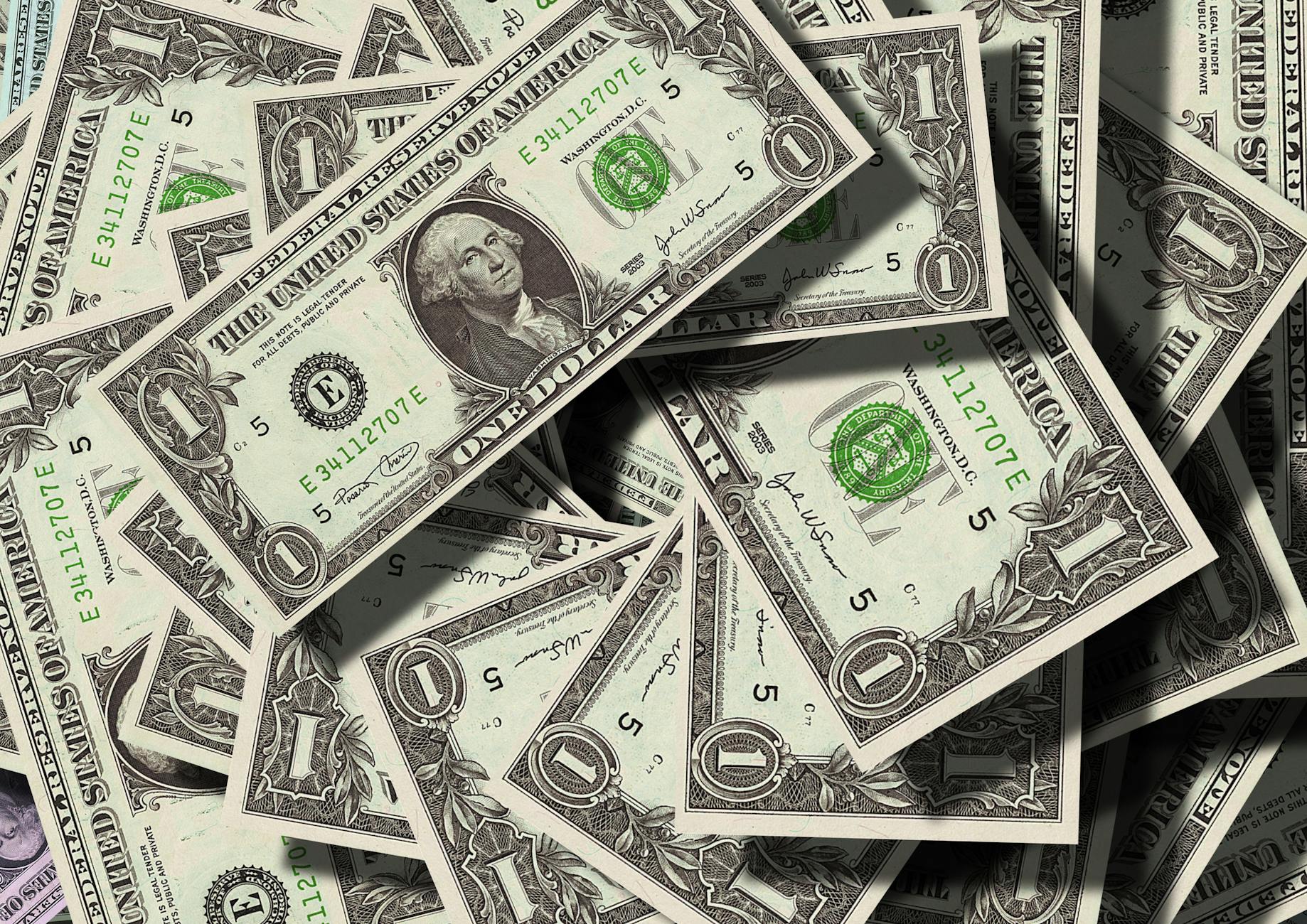The $2 bill stands out even among U.S. currency basics. Some folks treat them like rare treasures, while others casually spend them at the nearest coffee shop. Should you save the ones you get, or is it fine to let them go? Let's break down the myths, history, and collector secrets behind America's most mysterious bill.
The Unique History and Rarity of the $2 Bill
 Photo by Pixabay
Photo by Pixabay
Imagine finding a $2 bill in your cash stash. At first, you might think it's special, maybe even rare. In reality, these bills have a long story—full of changes, rumors, and odd facts.
Historical Evolution and Design Changes
The $2 bill appeared in 1862, making it older than some of the most famous bills in the U.S. At first, Alexander Hamilton's face graced the front. By 1869, Thomas Jefferson replaced him, and he's been there ever since.
Designs have shifted over the years:
- 1862–1869: Hamilton, then Jefferson, with ornate early designs.
- 1928–1966: Red seals appeared, and the bill got smaller and more familiar.
- 1976: To mark the Bicentennial, the reverse image changed from Monticello to the iconic vision of the Declaration of Independence's signing.
- Modern era: The current Series 2017A keeps Jefferson on the face and Trumbull’s painting of the signing on the back.
Despite updates, the $2 bill remains quirky and instantly recognizable.
Perceived Rarity Versus Actual Circulation
Americans often believe $2 bills are extremely rare. They're not. As of late 2023, about $3.2 billion worth of $2 bills were in circulation, with fresh prints totaling 128 million new bills in 2023 alone.
Why do so many people think these bills are rare?
- Banks order them by request, so you don’t see them as often in change.
- Many people hoard them when they do get them, shrinking their visibility.
- Old myths (like bad luck or “sinister” connotations) made people less likely to spend them.
Yet, you can usually grab some from your local bank if you ask.
The Cultural and Collector Appeal of the $2 Bill
Urban legends swirl around $2 bills. They’ve been called lucky… or cursed. Some folks used to tear corners off to ward off "bad luck" from the "deuce."
Military families remember $2s from pay envelopes. New Orleans traditions hand them out on Mardi Gras. Fans of underdogs and misfits sometimes collect them “just because they’re weird.”
Even financial literacy campaigns encourage spending $2 bills to raise awareness. “SpendTom” campaigns challenge people to push $2 bills into regular use, hoping to break the rarity myth while drawing attention to Thomas Jefferson’s role in history.
What Makes a $2 Bill Valuable to Collectors?
While most $2 bills will only buy you a small coffee, a tiny percentage have serious collector value. Here’s what collectors seek.
Key Factors Affecting Value: Age, Series, and Serial Numbers
Not every $2 bill is worth more than its face value, but certain traits send prices soaring:
- Age: Older bills, especially those from the late 1800s or early 1900s, can command thousands.
- Series: The 1928 red seal series, especially uncirculated notes, are sought after.
- Serial numbers: Look for "star notes" (with a star symbol), low numbers (like 00000002), or fascinating patterns (like 12345678, called “ladder notes”). These can fetch hundreds or even thousands.
- Error prints: Misprints, off-center seals, or oddities attract plenty of attention. A serious error can turn a $2 bill into a four-figure prize.
Condition and Authentication: How to Assess Your $2 Bill
Collectors care a lot about what kind of shape a bill is in. Here’s what to check:
- Uncirculated condition: Crisp, clean bills without folds, tears, or stains are worth more.
- Grading: Notes are graded from “poor” to “gem uncirculated,” with each grade affecting value.
- Authentication: Most $2 bills are real, but for rare or pricey ones, getting a bill authenticated by a reputable currency dealer (or using tools from the Bureau of Engraving and Printing) is wise.
A perfectly uncirculated 1928 red seal $2 bill might pass $1,000, while a worn-out one slips back toward face value.
Recent Market Trends and Noteworthy Auctions
Older $2 bills and oddities have sparked bidding wars at auction:
- Uncirculated 1890 Treasury Notes have hit $4,500 or more.
- Certain 2003 series notes with cool serial numbers have sold for thousands.
- A pristine “ladder note” can fetch over $10,000 if the right collector finds it.
- Run-of-the-mill $2 bills from the 1976 series or later usually sell for $2 to $5 unless they're flawless or carry an odd serial number.
Most collectibility boils down to supply, demand, and the taste for unusual U.S. currency.
Conclusion
Should you save those $2 bills you stumble across? The answer depends on what you want.
For most people: The typical $2 bill is a fun curiosity but only worth its face value. If you like the oddness, keep a few around—they're handy conversation starters.
For collectors or the curious: Check serial numbers, condition, and year. If you spot a 1928 red seal, a rare star note, or a fine misprint, you could be facing a bill worth hundreds (or even thousands) of dollars.
For investors: Only the rarest $2 bills rise as investments. But hey, even if you don't strike it rich, saving a few might teach your kids something about money, history, and the value of looking twice.
Bottom line: Most $2 bills aren’t rare. Spend them, collect them, or keep them for luck—but check your stash before you pay for lunch. You might have a tiny treasure in your pocket.
